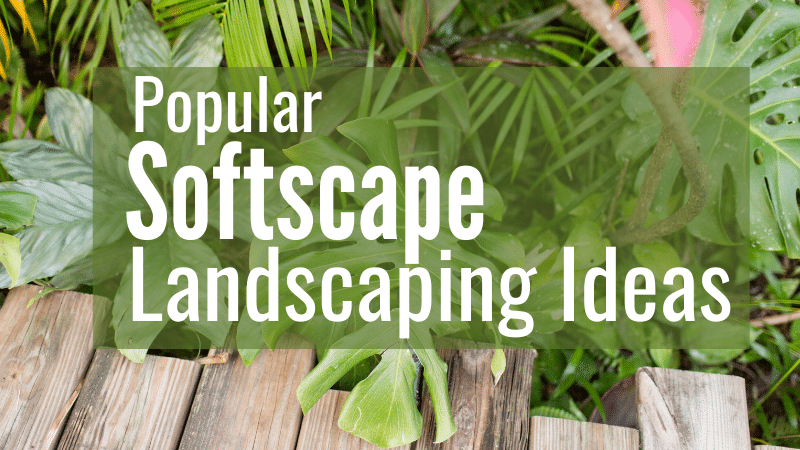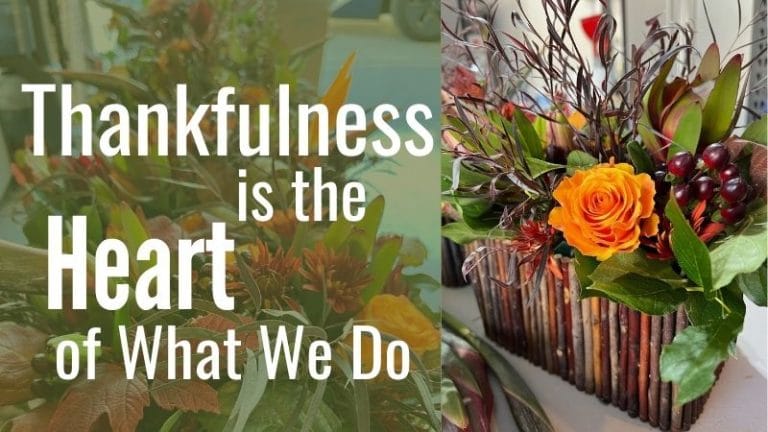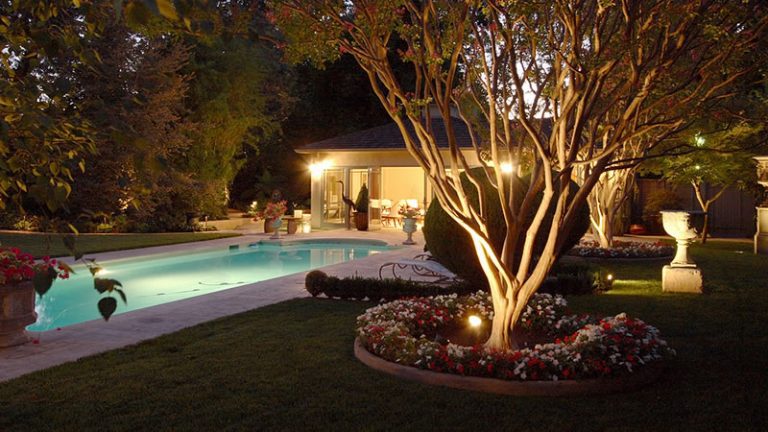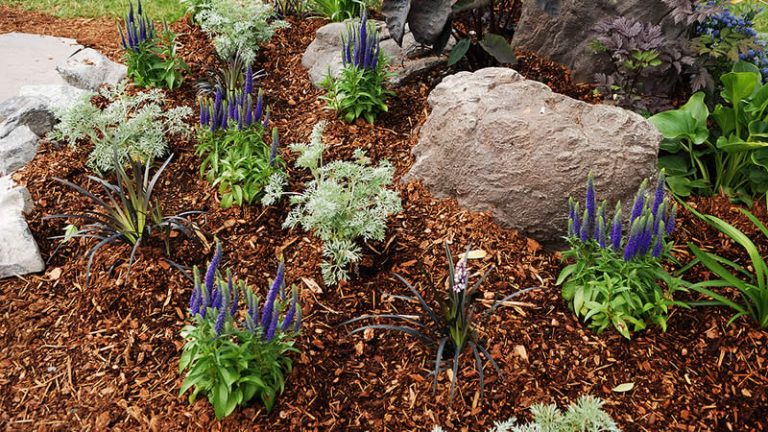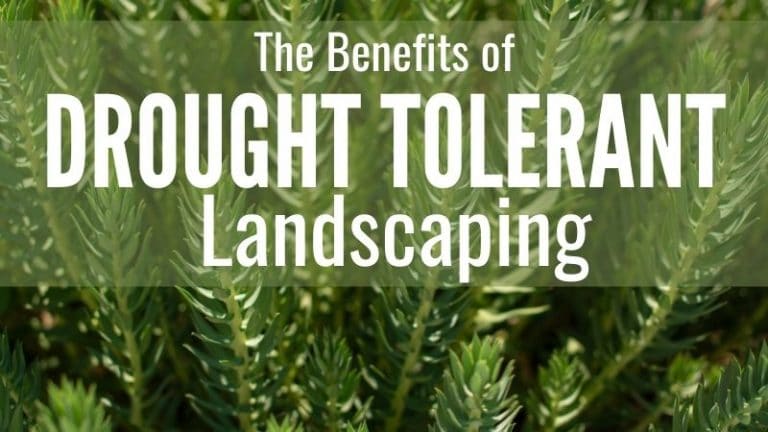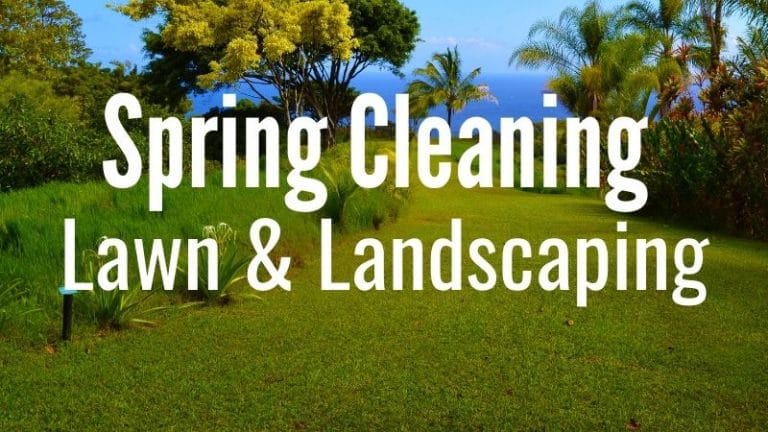Popular Softscape Landscaping Ideas: Best Tips For Outdoor Spaces
There are two basic elements of landscape design: softscape and hardscape. The best softscape landscaping ideas thoughtfully blend the two components for a front yard or backyard that is beautiful, functional, comfortable. At Malibu Nursery & Landscaping, we believe it’s important to harmoniously blend softscape with hardscape to create the yard of your dreams.
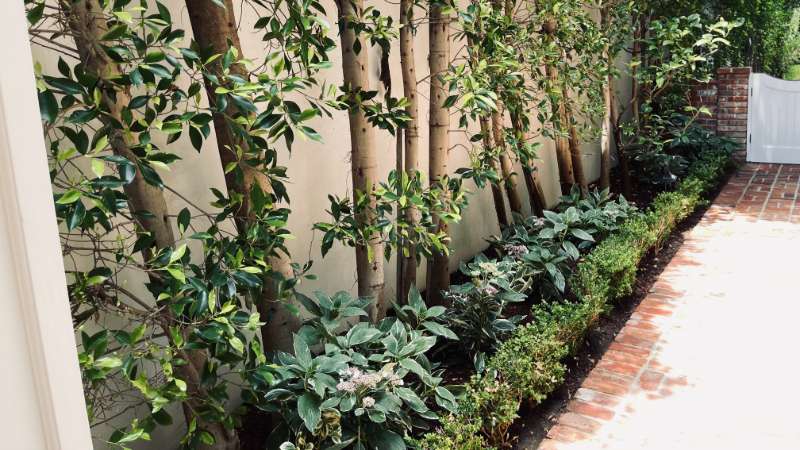
Hardscape vs softscape, what’s the difference?
Hardscape elements are the hard elements or non-plant parts of your outdoor area. Examples of hardscape features include patios, decks, walls, walkways, driveways, stairs, statues, fountains, and outdoor lighting. Alternatively, softscape features are the plant life elements in your outdoor space. Examples of softscape elements include the lawn, trees, shrubs, succulents, and flowering plants. For practical purposes, hardscape refers to the inanimate objects of your yard while softscape is a combination of the living elements and organic parts of your landscape.
Softscape elements can also serve similar purposes to hardscape features. For example, tall trees, shrubs, and hedges can serve as natural privacy walls. They are a great way to block the view from other people, and they continue to improve privacy over time as they grow. hardscape retaining walls. In contrast, hardscape walls are the best way to achieve total privacy. Materials such as wood, natural stones, concrete blocks, or bricks are a common choice for privacy walls.
How to add softscape landscaping ideas to your garden design
When planning the look of your landscape, think of the hardscape as the foundation of your overall design. The next step to bring your softscape ladscaping ideas to life is proper plant selection. To achieve your desired look, you’ll want to locate your plantings in just the right place among the heavier elements in your landscape.
Choose the right trees and shrubs
After installing hardscape elements and designing the layout of your plant material, it’s important to choose the appropriate shrubs and trees for your location. The ideal landscape will have a mix of trees and shrubs with varying seasonal growing cycles. It’s essential to make sure all trees and scrubs are compatible with a Southern California climate. One of the easiest ways to do this is by choosing native plants because they are proven to thrive in local environmental conditions.
Types of plants and planting ideas
1. Flowering Perennials
A flower garden with perennial flowering plants will cover the hardscape and are a great option for adding color to your landscape. Native plants will require less maintenance without using too much water. Some of the best perennials for Southern California include Beach Suncups, Blue Flax, California Evening Primrose, California Fuschia, California Poppy, Cleveland’s Beardtongue, Common Yarrow, Oneleaf Onion, Leopard Lily, and Harvest Brodiaea.
2. Native Plants and Wildlife-Supporting Plants
Besides their low maintenance benefits, native plant species also provide nesting material and food sources for native insects and animals. There are also many non-native plants that can support the life cycle of local wildlife. There are endless options such as Woolly Bluecurls, Sulphur Buckwheat, and Sticky Monkeyflower. With many great additions to choose from, we can help you make the best decisions for a beautiful landscape.
3. Native and Ornamental Grasses
With their visual appeal and texture, native and ornamental grasses are a popular choice in modern landscaping ideas. You can add grasses to garden beds, or use them to cover large areas in place of a traditional lawn.
4. Meadow Gardens
Instead of planting in uniform rows, plant a single variety of grasses or perennials planted in groups of three or five. You can also or create a natural-looking meadow garden by planting several large swaths of one plant variety.
5. Vines
One of the best ways to blend hardscaping with softscaping elements is through the use of hanging or climbing vines. Pergolas and gazebos are great places for hanging vines and add a natural look to the structure of wood and metal. Climbing vines and flowering vines are a great way to add color and a natural look to home facades, fences and retaining walls.
Vines such as Chaparral Clematis (Clematis lasiantha), California Dutchman’s Pipe or Pipe Vine (Aristolochia californica), California Honeysuckle (Lonicera hispidula), Western White Clematis (Clematis ligusticifolia), California Morning Glory (Calystegia macrostegia), and Pacific False Bindweed (Calystegia purpurata) are great choice to quickly cover structures.
Placing Plant Trees, Shrubs and Vines
Proper placement of trees and shrubs is an important part of bringing your softscape landscaping ideas to life. You want to avoid planting trees directly in front of your house. Also, never plant shrubs too close to the driveway or walkway. The best landscape design plans will include shrubs on either side of the driveway, placed in odd numbered groups of three or five. When planting trees, make sure to consider the size and space that the full-grown tree will require. You’ll want to make sure you have enough space around it.
Where To Add Flowering Plants
When it comes to flowers for your softscape landscaping ideas, choose two or three types of plants in contrasting colors. Any more than that can cause poor color schemes and may diminish the overall design. For ground cover, plant grass or spread low-growing shrubs. To create a boundary or screen around your house, plant an appropriate hedge about 15 to 20 feet from the street.
Accentuate Driveways and Walkways With Natural Borders
From sweeping curves or to straight lines, driveways and walkways connect different elements of the landscape design. For example, a garden path will connect features and focal points such as a fire pit or garden fountain. A walkway will make the area more accessible and organize the space.
Lining walkways, driveways, and tile patios with plants is a great technique for softscape landscaping ideas. This creates a balanced look and offsets the hardness of stone or concrete. Planters and plant pots also achieve this objective and give you the option of easily moving them when necessary.
Natural stone walkways provide a natural look, while concrete pavers provide a versatile option when gathering softscape landscaping ideas. Alternatively, brick walkways offer a more traditional appearance. To further enhance walkways, add flower beds filled with perennials, trees and shrubs.
Hardscape structures such as pillars and natural stone retaining walls can also serve as borders. Use these design elements to your advantage by adding borders of flowers along the length of the structure. This is a good way of adding color to a small yard without needing much surface area. You can also include your patio areas when coming up with softscape landscaping ideas. Add lush vegetation to a natural stone barbecue, or outdoor fireplace and seating area by planting flower beds behind these structures.
Shrubs are a useful way to implement softscape landscaping ideas. They work especially well with a walkway or driveway that cuts through a lawn. Shrubs add a vertical element that offset the flatness. In a large area, you can integrate trees in the same way.
Deciduous shrubs that are ideal for Southern California (zone 10b)
Shrubs under 3 feet
- Hoary California fuchsia
- Chalk liveforever
- Desert mallow
- San Miguel Island Buckwheat
- Bush Monkeyflower (or Sticky Monkeyflower)
- Hummingbird Sage
Shrubs 3 to 5 feet tall
- Giant Wild Rye
- Matilija Poppy
- Our Lord’s Candle
- Cleveland Sage
Shrubs 5 to 9 feet tall
- Lemonade Berry
- Toyon
- Shaw’s Agave
Tree-like shrubs
- Manzanita
- Crepe Myrtle (Lagerstroemia indica)
- Japanese Maple (Acer palmatum)
- Bay Laurel (Laurus nobilis)
- Semi-Dwarf Fruit Trees
- Palo Verde (Cercidium)
- Banana Shrub (Magnolia figo)
Decorate Walls With Colorful Vines
For walls that are not ideal for growing lush greenery such as walls made of wood, natural stone or concrete blocks, colorful vines are an easy way to enhance the space. With proper care and training, the vines will gradually spread out over vertical structures to achieve a natural look.
Get Creative With Garden Ponds
Ponds are a perfect example of blending softscaping and hardscaping into one feature. Garden ponds can be bordered with low walls or rocks to a natural-looking structure. You can also integrate a water fountain or waterfall into the design. They also add new options for softscaping with the addition of water-based horticulture.
Ferns and water lilies are popular aquatic plants that easily complement goldfish and koi. However, it’s important to make sure you have the proper design and construction of ponds based on the climate. In addition, if you plan to have fish in a pond you’re entering into a whole new world of maintenance. For this reason, it’s a good idea to do your research before jumping in.
Add Gardens To Terraces
A terrace can be a great spot for a vegetable garden or flower garden. With a prominent spot in your landscape design, a terrace garden can counterbalance the wide expanse of concrete or stone walls. Terrace walls can be easily covered with climbing vines so they naturally blend into the yard.
A landscape designer can help you add innovative hardscape and softscape elements to your landscape. When it comes to adding all of the elements to your front or back yard, a professional landscaper can help you bring your softscape landscaping ideas to life. The possibilities are endless.
Do You Need Help With Your Landscape?
Malibu Nursery & Landscaping specializes in the design and installation of softscapes and hardscapes. Whether you want a new garden along your driveway and front entrance, a line of privacy trees or you need help in selecting the right plants and shrubs and where to place them, we can help you create the landscape of your dreams.
If you’d like to schedule a consultation to discuss your landscaping ideas we’d be happy to meet with you. Please call 805-905-1112, or fill out our online form and we’ll get right back to you.

